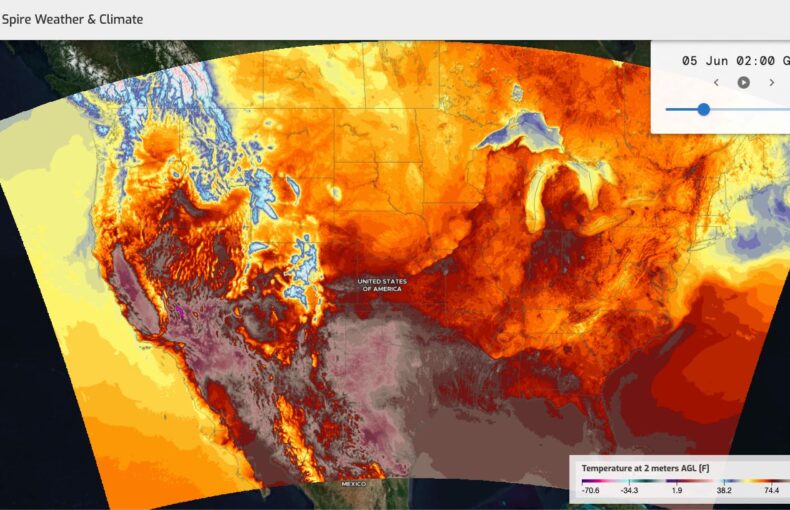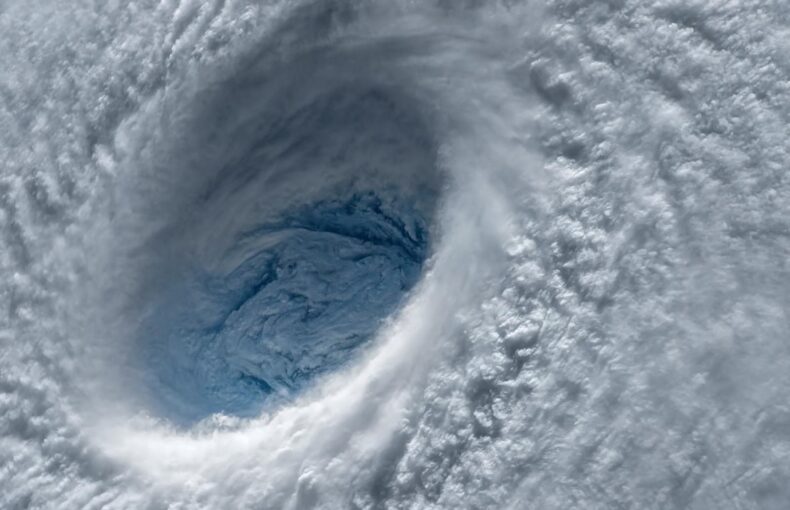Charter Party Agreements and TCE – Why Data Matters
AIS data and weather data are changing the way charter party agreements and TCE rates are determined. Predictive modeling, routing tools, and reliable weather forecast data are leading the way.
Charter party agreements analyze fuel costs, port fees, canal costs, and other factors to determine Time Charter Equivalent (TCE) rates. These variables are dependent on changes in weather, routing, ship speed, and fuel quality. The charter industry has relied on time-consuming manual processes to calculate TCE and finalize charter party agreements for decades. These outdated methods lack accuracy and the information being used for analysis is constantly fluctuating, leaving room for error in estimates and vessel selection.
Optimizing TCE rates based on data simplifies the process, creates more accurate outcomes, and maximizes profitability. Estimating port arrival times is only one of many variables in a charter agreement that can be impacted by the use of data. Port arrival time estimating is heavily dependent on weather, routing, and fuel quality which can all be analyzed and calculated using data. Strategic and cost effective strategies can also be proven and developed using data. Charter parties still rely on third-party logistic data to track cargo, creating a delay between a ship becoming available and booking a charter. Brokers parse through thousands of emails a day to find market insights. These insights are largely based on outdated data that does not accurately convey what is available in the market.
Each vessel and voyage are different
Every vessel is unique and the age, wear, routing, and maintenance of individual vessels can vastly alter performance over time. As a result, the performance of vessels varies in a given year. Understanding the unique capabilities of each vessel in your fleet requires more than manual data inputs. Combining AIS data, weather forecast data, and physical factors of a vessel can help predict how that vessel will perform in weather or draft conditions. These estimates are accurate and dependable because they are based on real-time data and historical performance.
Studying ship availability with AIS data
AIS data is a go-to technology for ship tracking and location, and it is also useful for charterers. The maritime industry is moving away from manual processes making way for technology to streamline and optimize these tasks. Using big ocean data, maritime companies are finding technology can speed up their processes and predictive analytics are allowing executives to make data driven decisions that optimize fuel economy, accurately time their port arrivals, and select best-fit vessels for charter party agreements.
Ship scarcity fuels higher rates, makes ship selection critical
Containership charters closed 2020 with the highest rates since 2011. The rate build-up was driven by capacity carriers needing to service future cargo demand, indicating a bustling container shipping market. Tonnage to charter continues to be scarce, which keeps rates very high.
Next-Generation voyage TCE optimization systems
VesselBot is a leading technology company with shipping expertise that provides digital solutions to the maritime industry. VesselBot’s Voyage Time Charter Equivalent (TCE) Optimization Support System helps vessel owners, managers and operators optimize their TCE per voyage. VesselBot’s system identifies the optimal sea route, estimates the optimal speed to travel for fuel economy, and takes commercial terms into consideration to optimize TCE.
VesselBot’s system ingests Spire’s satellite AIS and weather data, historical data related to market conditions, bunker prices, vessel particulars, hire rates, and a number of other factors. Combining this data with advanced artificial intelligence and machine learning models allows users to propose actions to increase voyage profitability and sustainably.
With greenhouse gas regulations and IMO targets to reduce emissions, VesselBot’s system gained popularity as it utilized technology to reduce emissions and improve TCE for its charter customers. Analyzing billions of data points, including satellite and terrestrial AIS, weather data, a variety of databases, and advanced technologies and modeling, VesselBot correlated and linked data to enable vessel optimization.VesselBot achieved a 10-15% increase in TCE and a reduction of GHG emissions of 30%
Many charter enterprises are examining the relationship between speed traveled and fuel consumption in an effort to better predict consumption and improve vessel performance for any given voyage.
Download our free e-book to learn about cost savings that can be achieved through data.
Download our free e-bookDispute Resolution often comes down to wording
Charter agreement disputes range from laytime/demurrage to non-payment of hire, freights, and liens to off-hire claims. Many of these disputes are related to factors that can delay loading and discharging of cargo. Weather forecast data can help charterers time their arrivals to ports when the weather is satisfactory for offloading goods. Certain cargo, like grain for example, requires dry weather for off-loading. Accurate weather data is essential for planning efficient port arrivals and defining the “good weather” clause in a charter party agreement can protect both parties and prevent a dispute. Disputes also often involve speed and fuel consumption. AIS tracking data alongside accurate weather forecast data can help determine optimal ship speed and routing based on wind and wave currents and vessel traffic.
As Chartering grows more complex, data is a solution
As goods shipped at sea continue to grow, chartering companies are tapping data for timing port arrivals, identifying more efficient routes, ship availability and earning greater fuel economy. With ever-tightening profit margins, there isn’t room for delays in travel time, port arrivals or pile-ups and charter party disagreements. The current maritime ecosystem is requiring highly efficient planning and decision-making with little room for error in order to turn a profit and data is quickly becoming a go-to solution.
Contact us
Spire Maritime and Spire Maritime Weather offer maritime and weather data that is easy to access, completely customized for each customer, and comes with sales engineering support. We know that if your data is challenging to use, you won’t see the real benefits it can offer. Many maritime products provide a template of information that isn’t tailored to the special needs of the maritime industry. Contact us and we can create a mix of data points to help you achieve your business goals.
 Written by
Written by


